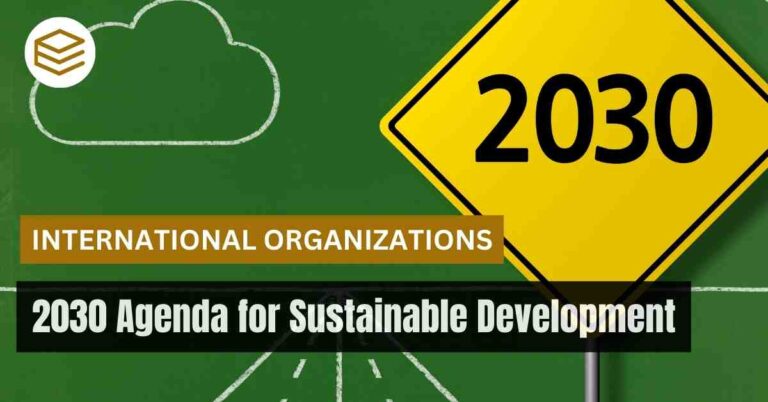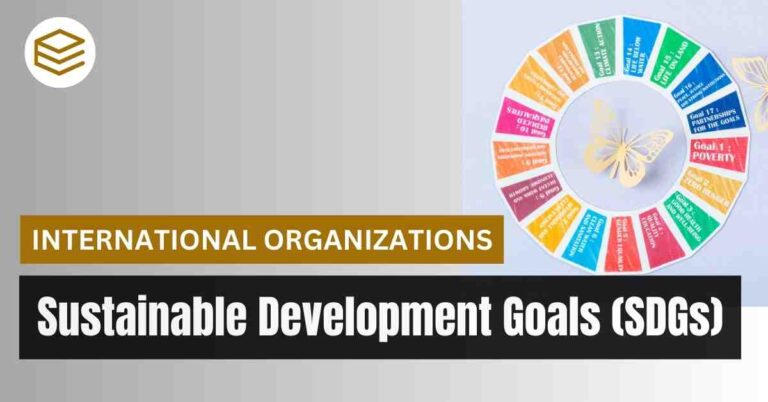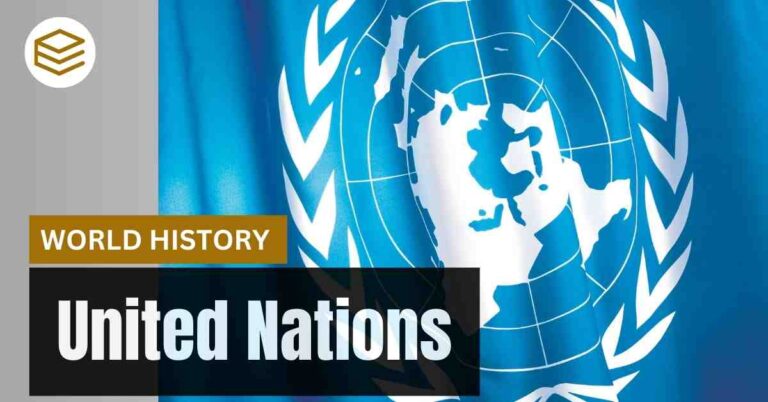December 13, 2025 5:37 am
Source: The Hindu (Page 1)
Syllabus: GS2 (International Relations)
Why in News?:
India’s External Affairs Minister S. Jaishankar stated that troop disengagement in the Himalayan border region indicates that India and China are taking steps to mend ties strained since the 2020 Galwan clash.
About India-China Relations:
- Definition/Description:
India-China relations involve complex historical, economic, and geopolitical interactions between two Asian giants with differing ideologies but shared goals of regional stability and economic growth. - Background:
- Border Disputes:
- Disagreement over the Line of Actual Control (LAC) has led to conflicts, including the 1962 war and the 2020 Galwan clash.
- Economic Ties:
- China is one of India’s largest trading partners; bilateral trade exceeded $125 billion in 2022-23, with a trade deficit of $87 billion against India.
- Strategic Developments:
- China’s Belt and Road Initiative (BRI) and its ties with Pakistan challenge India’s regional dominance.
- Border Disputes:
- Key Aspects:
- Military Engagement:
- Multiple rounds of disengagement talks post-2020; the Pangong Tso and Galwan Valley are key focus areas.
- Diplomatic Mechanisms:
- Special Representatives meetings and Border Personnel Meetings (BPMs) facilitate dialogue.
- Multilateral Cooperation:
- Both countries are members of BRICS, the Shanghai Cooperation Organisation (SCO), and the G20, emphasizing shared global objectives.
- Military Engagement:
- Current Challenges:
- Trust deficit due to border skirmishes and conflicting narratives.
- China’s assertive posture in the Indo-Pacific and its support for Pakistan.
- India’s restrictions on Chinese tech investments and bans on apps citing security concerns.
- Global or Indian Context:
- The resolution of India-China tensions influences regional peace in South Asia and stability in multilateral institutions.
- India’s efforts in the Quad aim to counterbalance China’s dominance in the Indo-Pacific.
- Future Prospects:
- Resuming bilateral trade and economic ties while maintaining vigilance on border stability.
- Collaborative projects in renewable energy and technology, despite political differences.
- Advocacy for LAC delineation to prevent further conflicts.





